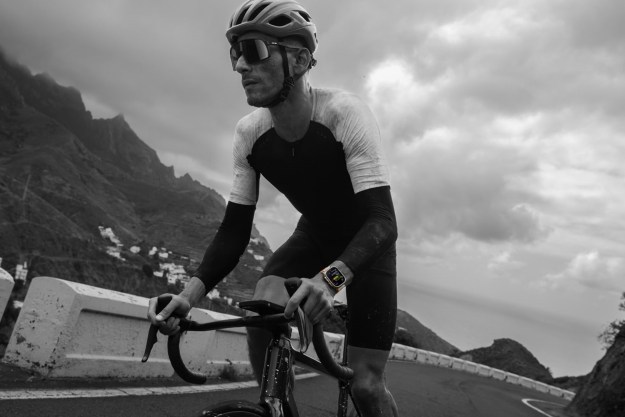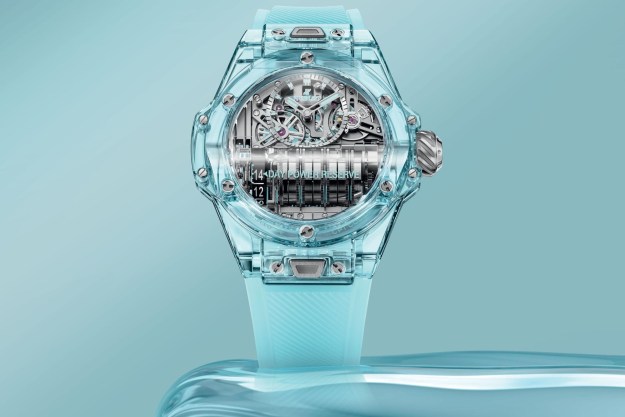Although running shoes seem like they’ve been with us forever, the modern version as we know it has really only been around since the 1970s. Yes, Adolf Dassler created the ur-design in the 1920s, but real innovation in the arena didn’t start until running took off as a social phenomenon, coupled with Bill Bauerman’s 1974 waffle sole (yes, he made the first sole on his wife’s waffle iron). By the early 2000s, runners Brian Beckstead and Golden Harper were typical college students, working at their retail jobs — and trying to create the perfect running shoe. Today, they head up a global running brand — recently joining apparel giant VF Corporation’s stable — and are literally changing the way we run.
Beginnings
The duo met on their first day in high school. “I started running in seventh grade,” says Beckstead, now Altra’s Director of PR and Strategy. “My siblings were runners, and they convinced me to try out for the cross country team. Golden was on the team, as well, so we became friends and I started working at his dad’s independent running store when I was 16.”
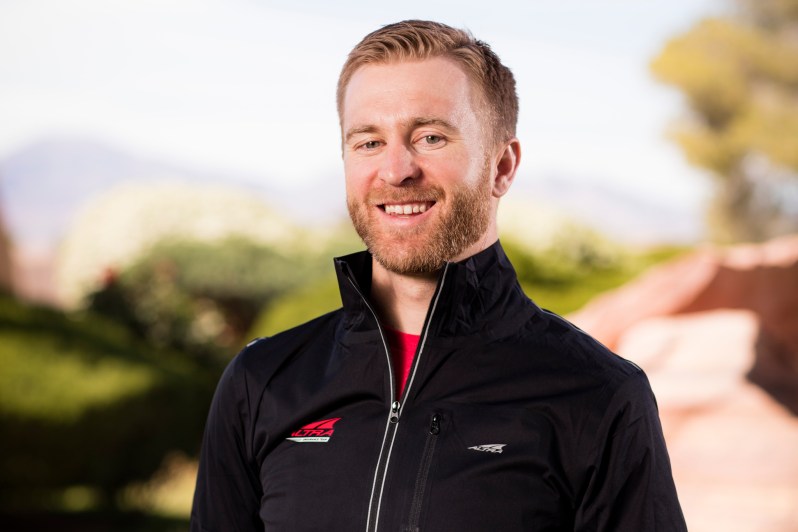
The two were pretty competitive, with Beckstead becoming a state elite champion and Harper going on to the national level (he’d started doing marathons when he was ten years old, setting age-group records at the age of 12.) Eventually, Harper headed to college in Hawaii while Beckstead held down the fort at home in Utah, becoming general manager of the store. While in college Beckstead ran a bit for the school’s team, but he developed four stress fractures within 18 months.
“I decided to take a year off from running, then started trail running while I was recovering. I really fell in love with the trails because running on them was so much easier on my body,” says Beckstead. “I was spending so much time outdoors that I started doing ultramarathons. I finally graduated with a double major in exercise science and outdoor recreation management.”
When Harper returned home from college to take up the reins at his father’s store, Beckstead moved on to work at an outdoor store where he got involved with hiking, camping, skiing, kayaking, and rock climbing. But when the two got together, they kept analyzing footwear, trying to figure out how to make it better, eventually realizing that the shoes they wanted to wear were not being made.
More Than Zero
“Golden came up with the initial concept for ‘zero-drop’ shoes. We were asking, ‘Why are the toe boxes so narrow? Why do shoes need these elevated heels?’”
“With every shoe sold, we’d include a survey, offering five bucks off their next purchase. We got over 500 surveys back and modified over a thousand pairs of shoes in that first year.”
Beckstead had struggled with injuries and blisters. As runners, the pair — limited by the running shoes that were currently available — had been lacing their shoes differently for years; skipping the front row, near the toe, and lacing up widthwise to loosen up the front part of the shoe, creating a more foot-friendly shape. (At brand workshops, Harper shows an X-ray of a foot, demonstrating how the more-or-less trapezoidal shape of a normal foot doesn’t really fit the triangular silhouette of most modern running shoes.) The store, being independent and nimble, allowed the two to start literally hacking existing inventory: Harper discovered that by heating existing shoes in a toaster oven or microwave (again with the kitchen appliances) he could make the midsole pliable and malleable.
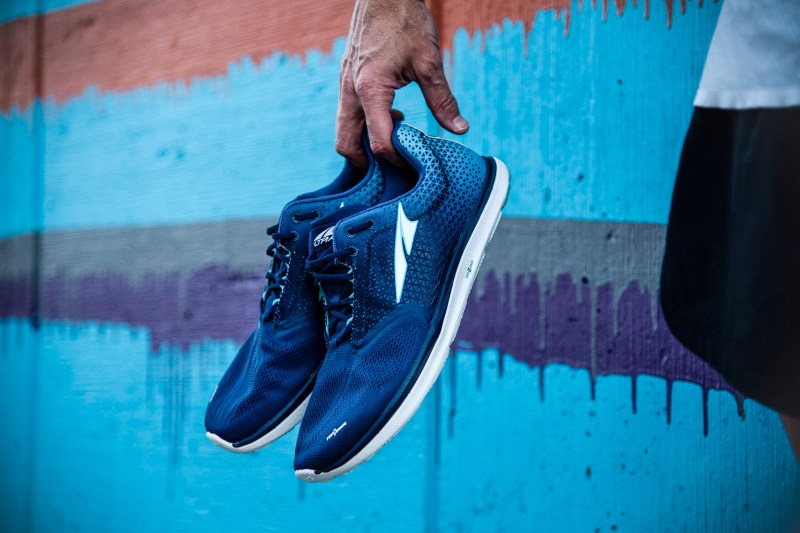
“We quickly found that if we band-sawed the shoe at the forefoot and then belt-sanded the heel down it was quite effective,” Beckstead explains. And more comfortable, apparently. The two went from experimenting with their own running shoes to having store clients try them out. “With every shoe sold, we’d include a survey, offering five bucks off their next purchase. We got over 500 surveys back and modified over a thousand pairs of shoes in that first year.”
Beckstead was also a guinea pig for new models. As an ultra-marathoner, he would do 100-mile races in the modified shoes, providing personal feedback on the design. Having solid data in hand, the team then began approaching shoe companies at trade shows, asking if they could make this shoe for them and for their customers.
Who’s Laughing Now?
“We knew we were onto something, but the big running shoe brands literally laughed at us,” reports Beckstead. “‘Who are these two college kids, working retail? They’re gonna tell us how to make shoes?’ We were willing to give them all our research and ideas for free. All we wanted were great shoes.”
That’s when the two realized it was time to start their own shoe company.
“We were introduced to an advanced prototype company from Portland that could help us refine the shoe design, then they introduced us to some factories … we incorporated Altra in 2009, and were up and running in 2010.”
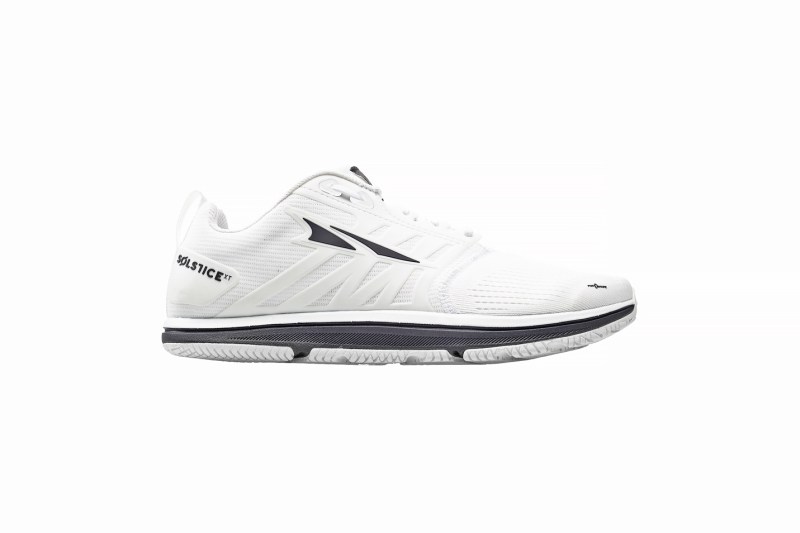
This was also the point at which Altra decided to do an aggressive pursuit of gender-specific running shoes. “The ‘fit-for-her’ concept was a big thing for us,” says Beckstead. “It’s something that most brands don’t do. Most companies just ‘shrink it and pink it.’”
The next push was to start meeting with investors. “We really learned a lot about business by being on the ropes,” says Beckstead. “At first we couldn’t get trademarks for our designs. We made so many other mistakes, but we learned from them all. We were scrappy and adjusted when necessary. Quickly, we had a full-on shoe company. When we hit 2010, though, getting the second and third round of funding was really hard. In fact, I’d say the struggle for funding was the hardest part of getting started.”
Why was it such an issue? Kickstarter, Go Fund Me, and even Shark Tank, were all brand new themselves at that time, so they were not an option. The global economy was also still in recovery from the Great Recession, so potential investors were skittish. How do you even convince people that the human foot, which has existed for a while now, even needs another version of a shoe?
Father’s Day
“We got to a point where we needed some final prototypes made, which would cost $70,000. I asked my Dad if he knew anybody who would be interested. We were doing presentations everywhere and getting kind of desperate,” says Beckstead. “A week later my Dad came back to me with a check and said “This is your inheritance. If you never pay me back, you won’t get a penny when I die.”
Beckstead points out that since then he’s heard many stories of other entrepreneurs whose friends and families all thought they were crazy. “I don’t know if I appreciated it at the time, but everybody said what we were doing was cool and were very supportive. I was 27 years old, I’d quit my job, we had a three-month-old baby … and I had no source of income. Having that support really gave us confidence.”
Feel the Power
Beckstead had run the Wasatch 100, an annual 100-mile endurance run that stretches across from East Mountain Wilderness Park to Soldier Hollow, Utah. “The first year I did it, I got blisters. Then at mile 70, those blisters ripped open. It was painful. I was puking … it was rough. In 2010, I did that race again with a pair of Altra shoes from the first run of prototypes. At mile 97, I literally started weeping. It was potentially the most powerful moment of my entire life. I’d quit my job, was in debt, had a kid, and no money … but at that moment I knew Altra would be successful. I also took three and a half hours off my time!”
The brand got enough orders at their first trade show to place a minimum size run of 3,200 shoes, selling them all within two weeks. While the shoes were being shipped from the factory, Beckstead began frantically looking for yet another round of funding; so the fledgling brand was purchased in 2011 by Icon Health and Fitness (currently Icon owns brands like NordicTrack and Gold’s Gym).
“If anything, we’d ask, how can we do it better? How can we add our own spin? We never did the status quo. It was never, ‘How do we match them?’ But always, ‘How do we beat them?’”
“At that point, I became a sales guy, and Golden was doing R&D,” says Beckstead. “I packed up my Subaru and drove across the country going door-to-door to running specialty retailers. It was very old school … and it was awesome. We grew a lot and eventually started selling internationally. We are now in more than 50 countries. I got promoted to president of the brand and learned a lot on the fly: factory negotiations, distribution contracts, athlete sponsorship deals, building a sales rep team … and how to really fight for my brand. My career has gone in a direction that I never suspected.”
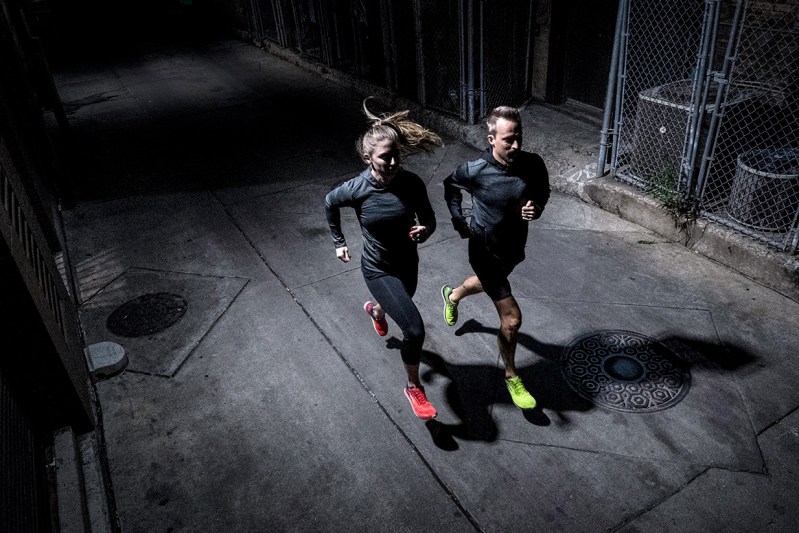
One of the things Beckstead is particularly proud of is never copying other brands’ direction. “If anything, we’d ask, how can we do it better? How can we add our own spin? We never did the status quo. It was never, ‘How do we match them?’ But always, ‘How do we beat them?’”
He adopted the mantra: “We’re never going to beat these guys at what they’re good at … we’re going to beat them where they’re weak. We really isolated other brands’ weaknesses. We were brash. We’d attack hard, and were unapologetic of our disruptive technologies. We tried to be respectful! But we were unapologetic. And it worked! We are now the number two trail-running brand in America, and are growing massively.”
That growth is what prompted the sale to VF Corporation, number 252 on the Fortune 500 list. VF owns brands like Icebreaker, Smartwool, The North Face, Timberland, Vans, Eagle Creek, and Eastpak.
“Frankly, 2018 was the hardest year for me at Altra because of the stress of going through a massive acquisition,” says Beckstead. “It was stressful, and I’d been pushing for ten years. Luckily, VF is a world-class organization and it’s all been great. They moved Altra to Denver, but I chose to stay in Utah, which they supported. I can now focus on brand promotion.”
Beckstead’s new role, as of last summer, is to travel a lot and tell the brand story.
Lessons Learned
Does Beckstead offer any advice to up-and-coming entrepreneurs?
“The biggest lesson for me — and it’s been fun — is that you have to believe in something that’s unique.”
“Looking back, I thought that we had a good vision and strategy … but we could have focused on that even more. In 2013, we rehashed our core values and mission statement, and I would suggest doing that annually,” says Beckstead. “Ours hasn’t changed a lot, and we have stayed true to who we are, but make strategy a priority. For instance, right now, in the transition to VF, we are hiring a lot of new people, so we want everyone to know just what Altra stands for. If every employee gets behind that, then they can be passionate about their job. They have purpose behind the work. I want each of them to have the same sense of ownership and passion that I do.”
“The biggest lesson for me — and it’s been fun — is that you have to believe in something that’s unique. If your side hustle is just about making money, that’s fine; but when push comes to shove, and it’s time to make those massive sacrifices, you had better really believe in what you’re doing. My goal was to help people. I wanted to change the footwear industry, and revolutionize the way we look at
